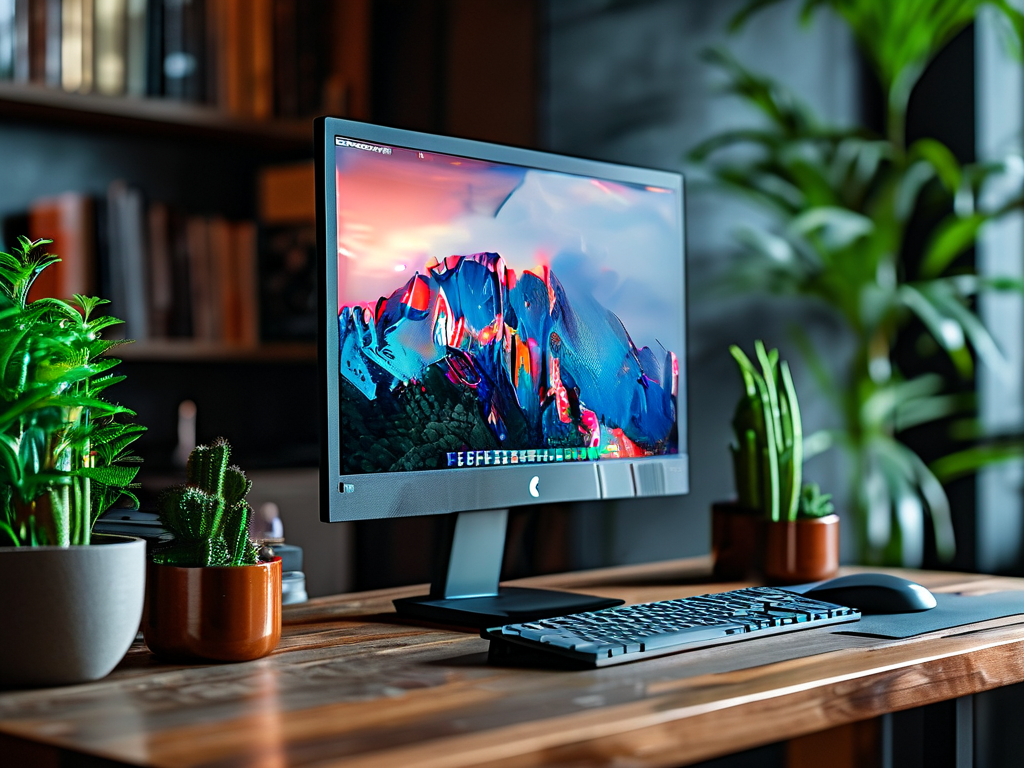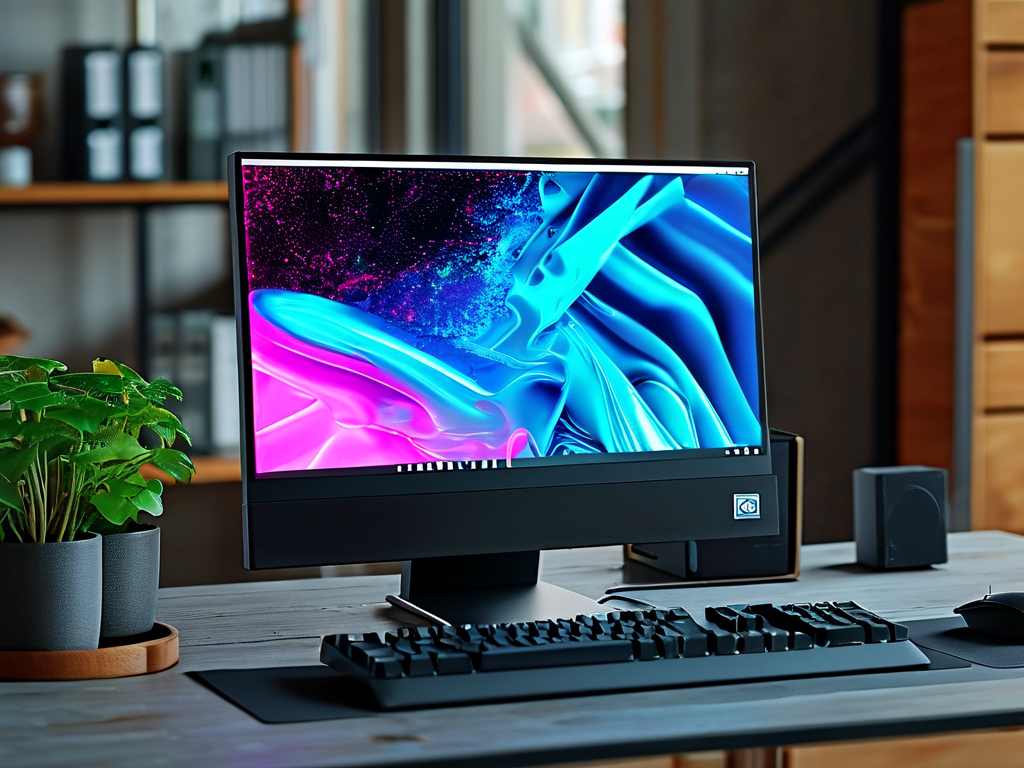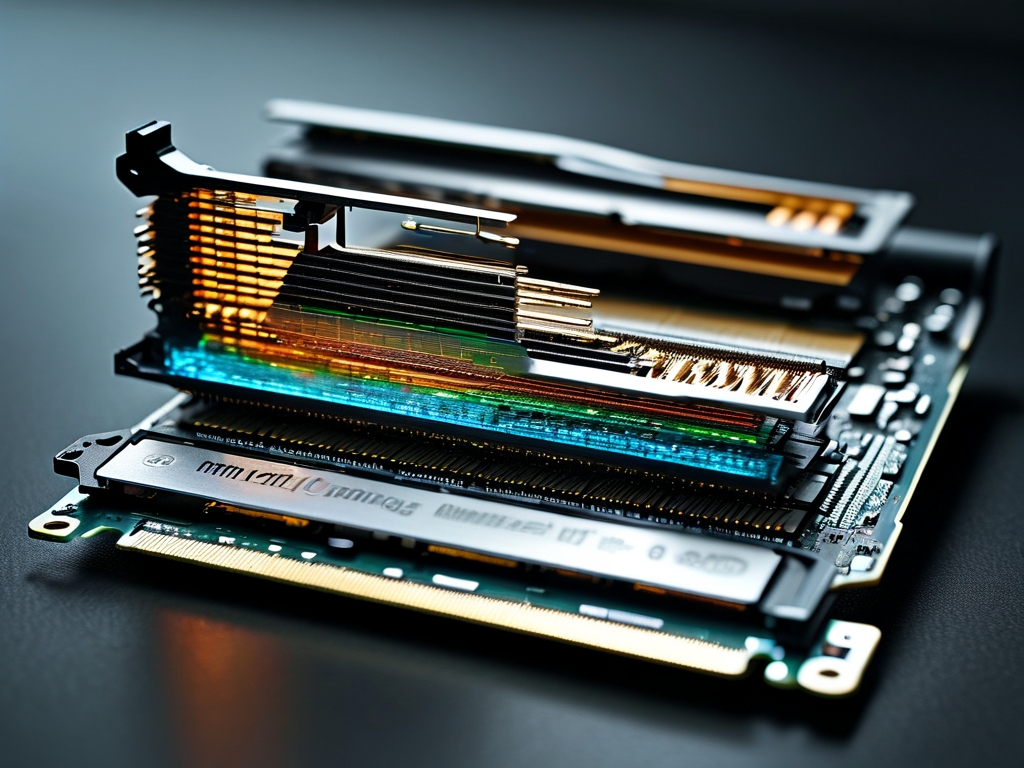When Apple transitioned to its custom silicon with the M1 chip in 2020, it sparked debates about whether 8GB of unified memory could deliver adequate performance for modern workflows. While Apple's memory architecture differs from traditional PCs, many users still question if this configuration meets their daily computing demands.
For casual users who primarily browse the web, stream media, and use office applications like Pages or Microsoft 365, 8GB RAM often proves sufficient. The efficiency of macOS combined with Apple's memory compression technology allows smooth operation for these tasks. During testing, a base-model MacBook Air with 8GB memory comfortably handled 15 Chrome tabs, a 4K YouTube stream, and Slack running simultaneously, with memory pressure remaining in the green zone according to Activity Monitor.
However, creative professionals may encounter limitations. Video editors working with 1080p timelines in Final Cut Pro might find 8GB workable for small projects, but 4K editing or complex motion graphics workflows quickly expose constraints. A developer running Docker containers, VS Code, and multiple Node.js processes reported occasional swap memory usage exceeding 5GB during intensive coding sessions. While SSD swap is faster than traditional hard drives, frequent swapping could theoretically reduce storage longevity, though real-world impacts remain debated.
Gaming presents another challenge. While macOS isn't a primary gaming platform, titles like Baldur's Gate 3 running through Rosetta translation showed frame rate drops below 30fps at medium settings on 8GB models. The unified memory architecture shares resources between CPU and GPU, meaning graphic-intensive applications compete for the same memory pool.
Surprisingly, memory management differs between Apple silicon generations. The M2 chip's faster memory bandwidth (100GB/s vs M1's 68GB/s) improves 8GB performance by 18-25% in memory-bound tasks according to Geekbench metrics. This demonstrates how architectural improvements can partially compensate for lower RAM quantities.

For those considering longevity, future macOS updates may increase system requirements. While Ventura (2022) required 4GB minimum, the upcoming Sequoia release still lists 8GB as base. However, third-party app requirements often outpace OS demands. Photographers using Lightroom Classic already see Adobe recommend 16GB for optimal performance.
The thermal design plays a crucial role in sustained performance. Fanless MacBooks with 8GB memory throttle sooner under prolonged load compared to MacBook Pro models with active cooling. During a 30-minute Blender render test, the MacBook Air's performance dropped 40% after 10 minutes due to thermal constraints, while the Pro model maintained 85% of initial speed.
An interesting workaround exists through virtual memory optimization. Developers at WWDC 2023 demonstrated how Apple's memory manager prioritizes active apps, automatically compressing idle processes. This technical approach explains why some 8GB Macs outperform Windows laptops with 16GB RAM in specific workflows.

Ultimately, the 8GB debate centers on use cases. For students, writers, and casual users, it remains a cost-effective option. Power users should consider 16GB models, especially given the non-upgradeable nature of Apple silicon devices. As one engineer commented: "Buying a Mac isn't just about specs—it's about the ecosystem optimization. But when that optimization hits its limits, no amount of software magic can create physical memory."
In , while 8GB Macs deliver impressive performance through hardware-software integration, their suitability depends entirely on individual workload patterns. Prospective buyers should carefully evaluate their application requirements rather than relying solely on spec sheet comparisons.



